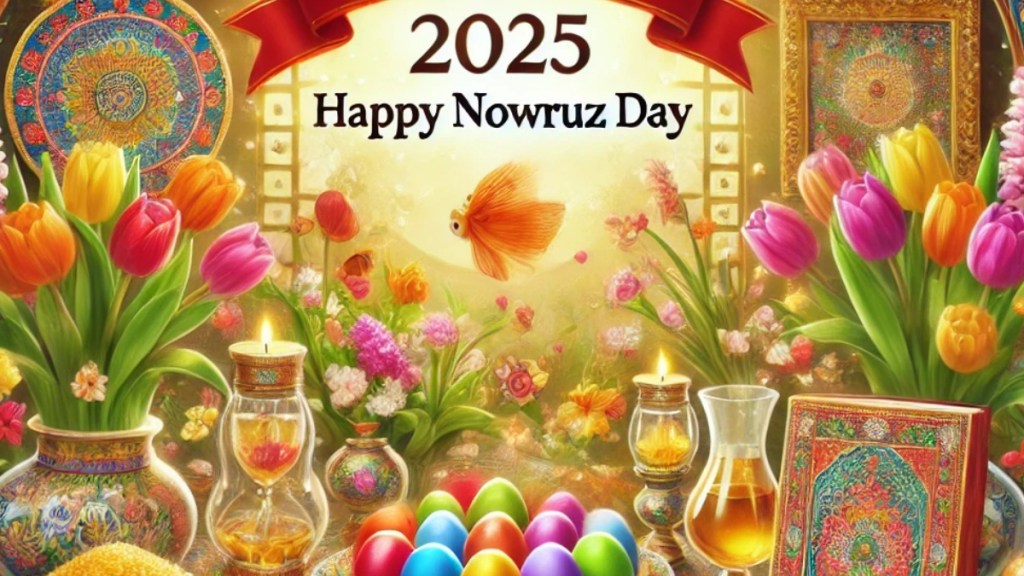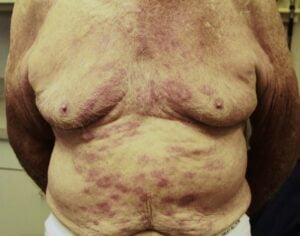
Nowruz 2025: A Complete Guide to the Persian New Year
Nowruz, meaning “new day,” is the Persian New Year, celebrated worldwide. In 2025, Nowruz falls on March 20, marking the first day of spring and symbolizing renewal. For over 3,000 years, people across Iran, Central Asia, and beyond have celebrated this festive occasion, which brings hope for a prosperous year.
What Is Nowruz and Why Is It Important?
Nowruz marks the vernal equinox, the precise moment when day and night are equal. This celebration not only celebrates the arrival of spring but also the chance for a fresh start. Originating in ancient Persia, Nowruz remains a powerful cultural event, symbolizing the triumph of light over darkness.
When Is Nowruz in 2025?
Nowruz 2025 falls on March 20, at 12:31 PM Tehran time (UTC+3:30). It aligns with the spring equinox, which signifies the rebirth of nature and a new year in the Persian calendar.
The Rich History of Nowruz
Nowruz’s roots trace back over 3,000 years, potentially originating from Zoroastrian traditions. It was officially celebrated during the Achaemenian dynasty. Over time, it became a symbol of nature’s renewal. Nowruz was also included on the UNESCO Intangible Cultural Heritage list in 2010, emphasizing its importance worldwide.
Traditions and Customs of Nowruz
Nowruz traditions vary by region but share common elements. One key custom is setting up the Haft-Seen table. It includes seven symbolic items, each starting with the Persian letter ‘S.’ These items represent key themes for the upcoming year, such as growth, health, and prosperity.
Pre-Nowruz Preparations
Before the new year arrives, people engage in “khaneh tekani,” a thorough cleaning of their homes. This practice symbolizes clearing away the old to make room for the new. Families often buy new clothes and prepare for family gatherings.
Key Elements of the Nowruz Festivities
- Haft-Seen Table: The centerpiece of the Nowruz celebrations. Seven items on the table stand for hope, health, and prosperity.
- Chaharshanbe Suri: On the last Wednesday before Nowruz, people celebrate by jumping over fires, symbolizing the cleansing of past negativity.
- Sizdah Be-dar: The 13th day of Nowruz, spent outdoors in nature, is all about socializing and reconnecting with the environment.
Special Foods of Nowruz
Nowruz celebrations include a variety of special dishes, such as:
- Sabzi Polo Ba Mahi: Herbed rice with fish, symbolizing prosperity.
- Kuku Sabzi: Herb frittata representing health.
- Sholeh Zard: A saffron rice pudding representing happiness.
Food plays a central role in these gatherings, offering a delicious way to bond with family and friends.
Nowruz Around the World
While Nowruz has its origins in Iran, it is celebrated by diverse communities worldwide, from Afghanistan to Azerbaijan. In Central Asia, countries like Tajikistan and Uzbekistan observe Nowruz as a public holiday. The Middle East also celebrates with bonfires and communal feasts, especially among Kurdish communities.
Nowruz and Chaharshanbe Suri: The Festival of Fire
Chaharshanbe Suri, the fire-jumping festival, occurs the night before Nowruz. It is believed to purify the body and mind, symbolizing a fresh start for the new year. People jump over bonfires while chanting traditional phrases, and children enjoy spoon-banging, a fun way to collect treats.
Sizdah Be-dar: Celebrating Nature
The 13th day of Nowruz, known as Sizdah Be-dar, emphasizes reconnecting with nature. Families gather outdoors, enjoy picnics, and perform rituals like discarding old sprouted greens (sabzeh) into running water to let go of bad luck.
Conclusion: The Spirit of Nowruz
Nowruz 2025 is a celebration of nature, rebirth, and unity. From the Haft-Seen table to the outdoor celebrations of Sizdah Be-dar, Nowruz fosters a sense of renewal and joy. Whether you celebrate it as part of the Parsi community in South Asia or as a tradition in Central Asia, Nowruz is a time to embrace new beginnings.

